Polynucleotide Aftercare: Essential Tips for Maximizing Results

Polynucleotide treatments are rapidly gaining popularity in the aesthetics world for their ability to rejuvenate the skin, stimulate collagen production, and accelerate the healing process. Whether you’re targeting signs of ageing, dullness, or skin laxity, polynucleotides offer a regenerative approach that enhances natural beauty.
As interest grows, more professionals and clinics are looking to buy polynucleotides from reputable suppliers like Best Buy Fillers to offer this advanced treatment. However, the journey to glowing, youthful skin doesn’t end after the injection. Proper polynucleotide aftercare is key to ensuring the best possible outcome. Following the right steps post-treatment can maximise results, reduce downtime, and prolong the benefits of your session.
What to Expect After a Polynucleotide Treatment?
After undergoing a polynucleotide injection, it’s completely normal to experience some mild and temporary side effects. These are common reactions that should not be mistaken for polynucleotides gone wrong, which involve more serious or persistent complications:
- Redness or flushing in the treated area.
- Slight swelling.
- Tenderness or sensitivity to touch.
- Occasional bruising at injection sites.
These effects are typically short-lived and subside within a few hours to a couple of days. The skin is going through a rejuvenation process, and these reactions are signs that the treatment is actively working to stimulate healing and renewal.
What Is the Aftercare for Polynucleotide Injections?
To help the skin recover and optimise the outcome of the treatment, here are essential polynucleotide aftercare tips for patients:
- Hydration is key: Drink plenty of water in the days following your treatment. Staying hydrated supports cellular repair and helps your skin look plump and refreshed. Well-hydrated skin responds better to regenerative treatments like polynucleotides.
- Protect your skin from the sun: Exposure to UV rays can counteract the effects of polynucleotides. Apply a broad-spectrum SPF 30 or higher daily (ideally SPF 50) and avoid direct sun exposure as much as possible, especially in the first 48 hours.
- Gentle skincare only: For the first few days post-treatment, stick to a simple skincare routine. Avoid products with active ingredients such as retinoids, AHAs, or BHAs. Choose gentle cleansers and hydrating serums, and steer clear of harsh exfoliants or treatments.
- Avoid heat exposure: Keep away from hot showers, steam rooms, saunas, or intense heat sources for at least 24-48 hours. Heat can increase inflammation and disrupt the healing process.
- No makeup on treated areas: It’s best to go makeup-free on the treated zones for at least 24 hours. This allows the skin to breathe and reduces the risk of introducing bacteria or clogging pores.
- Massage: In certain cases, your practitioner may recommend light massaging of the area to distribute the product more evenly. However, this should only be done if specifically advised and not on your own.
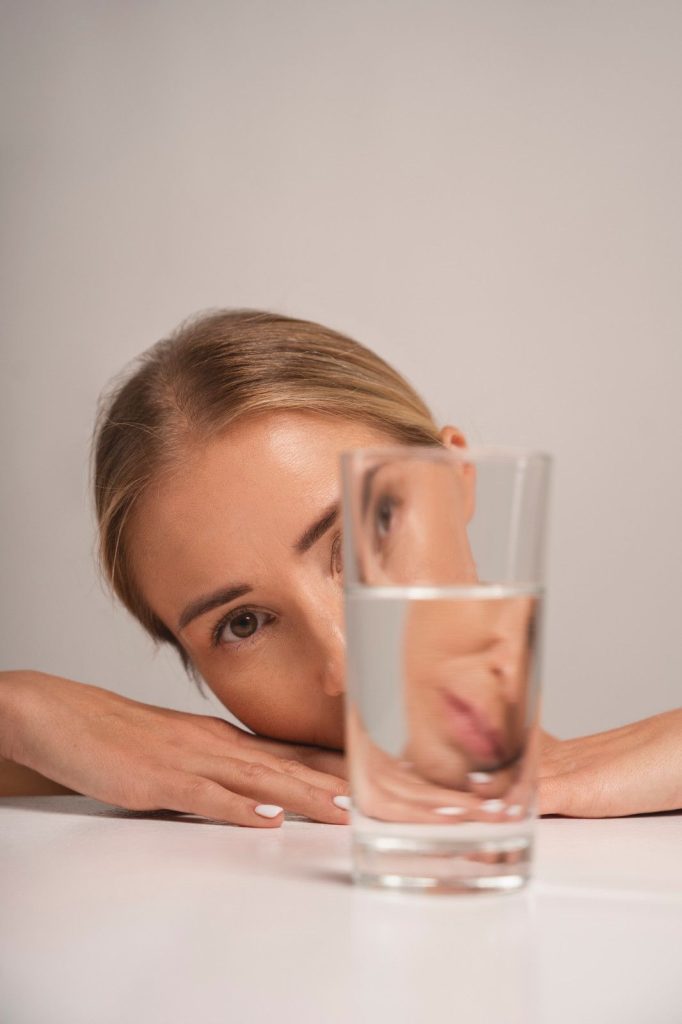
What Not to Do After Polynucleotide?
Knowing what to avoid is just as important as what to do. Here’s what you shouldn’t do after your polynucleotide injection:
- No intense exercise: Hold off on high-intensity workouts or heavy physical activity for 48 hours. Sweating can irritate the skin and introduce bacteria to injection sites.
- Avoid touching or rubbing the area: As tempting as it may be, don’t poke or prod the treated area. Touching can introduce dirt and bacteria, increasing the risk of infection or disrupting the healing process.
- Steer clear of chemical peels and laser treatments: Avoid scheduling chemical peels, laser resurfacing, or microneedling for at least two weeks post-treatment. Let your skin fully recover and settle before undergoing any other invasive procedures.
How Long Does Polynucleotide Take to Work?
Polynucleotides aren’t an instant fix, but they do deliver lasting, gradual improvement. Patients may start noticing subtle enhancements in skin texture, tone, and elasticity within 3-6 weeks after the first treatment. This delay is due to the biological nature of the process since the skin needs time to generate collagen and restore itself.
For optimal results, a course of multiple sessions is typically recommended, spaced a few weeks apart. Full benefits may not be visible until the patient completes the entire treatment cycle. For those wondering how long polynucleotides last, results can extend for several months, especially with proper aftercare and maintenance.
Follow-Up and Maintenance
To sustain the results of the polynucleotide treatment, regular maintenance is vital:
- Most practitioners recommend top-up sessions every 3–6 months, depending on the skin’s condition and response.
- Incorporate a long-term skincare routine that includes hydrating serums, antioxidants, and sun protection.
- Consult with an aesthetic professional for a tailored plan, especially if you are targeting specific areas like polynucleotides under eyes or treating delicate skin.
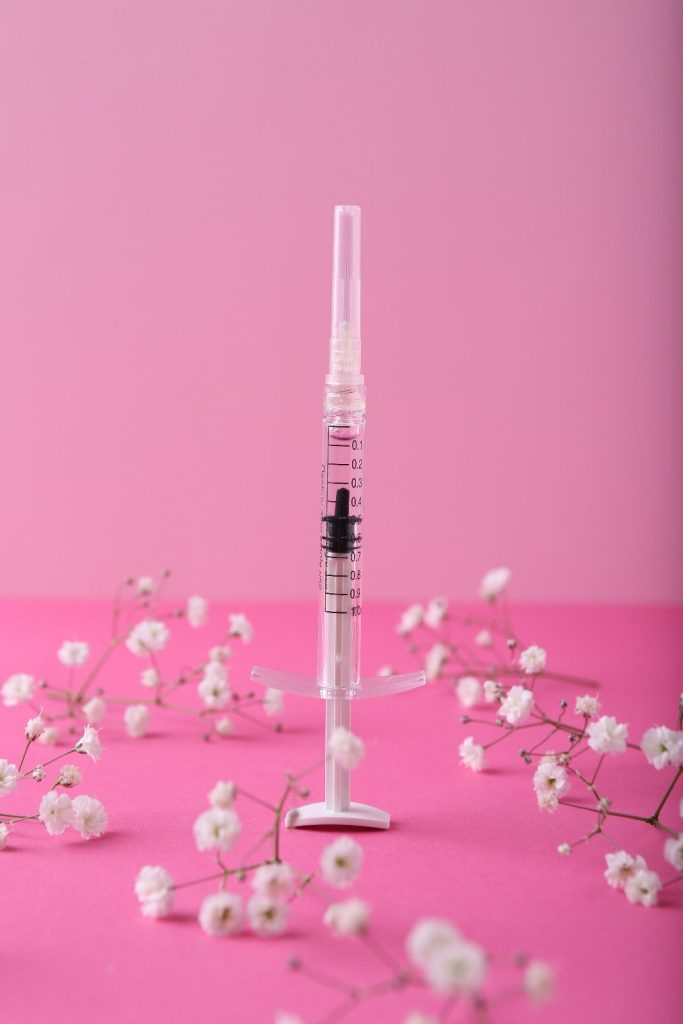
Is Polynucleotide Treatment Worth It?
With consistent results and a natural approach to skin rejuvenation, many patients consider polynucleotides a valuable investment in their skin’s health. The gradual improvements make it ideal for those looking for subtle, cumulative changes rather than drastic alterations.
Unlike hyaluronic acid fillers, polynucleotides vs Profhilo differ in that polynucleotides focus on regeneration rather than hydration alone. They’re especially beneficial for improving skin quality, reducing fine lines, and restoring a radiant glow.
Still, as with any treatment, results may vary. It’s essential to choose a qualified provider and follow strict polynucleotide aftercare guidelines to avoid potential issues.
The Bottom Line
Polynucleotide aftercare plays a crucial role in achieving the best possible outcome from your treatment. From staying hydrated to protecting your skin from the sun, every small step contributes to healthier, glowing skin. Avoiding heat, exercise, and harsh skincare allows your skin to regenerate without interference.Patience is key. Results will appear gradually, but with consistent aftercare and regular follow-up sessions, the transformation can be impressive.
Continue reading
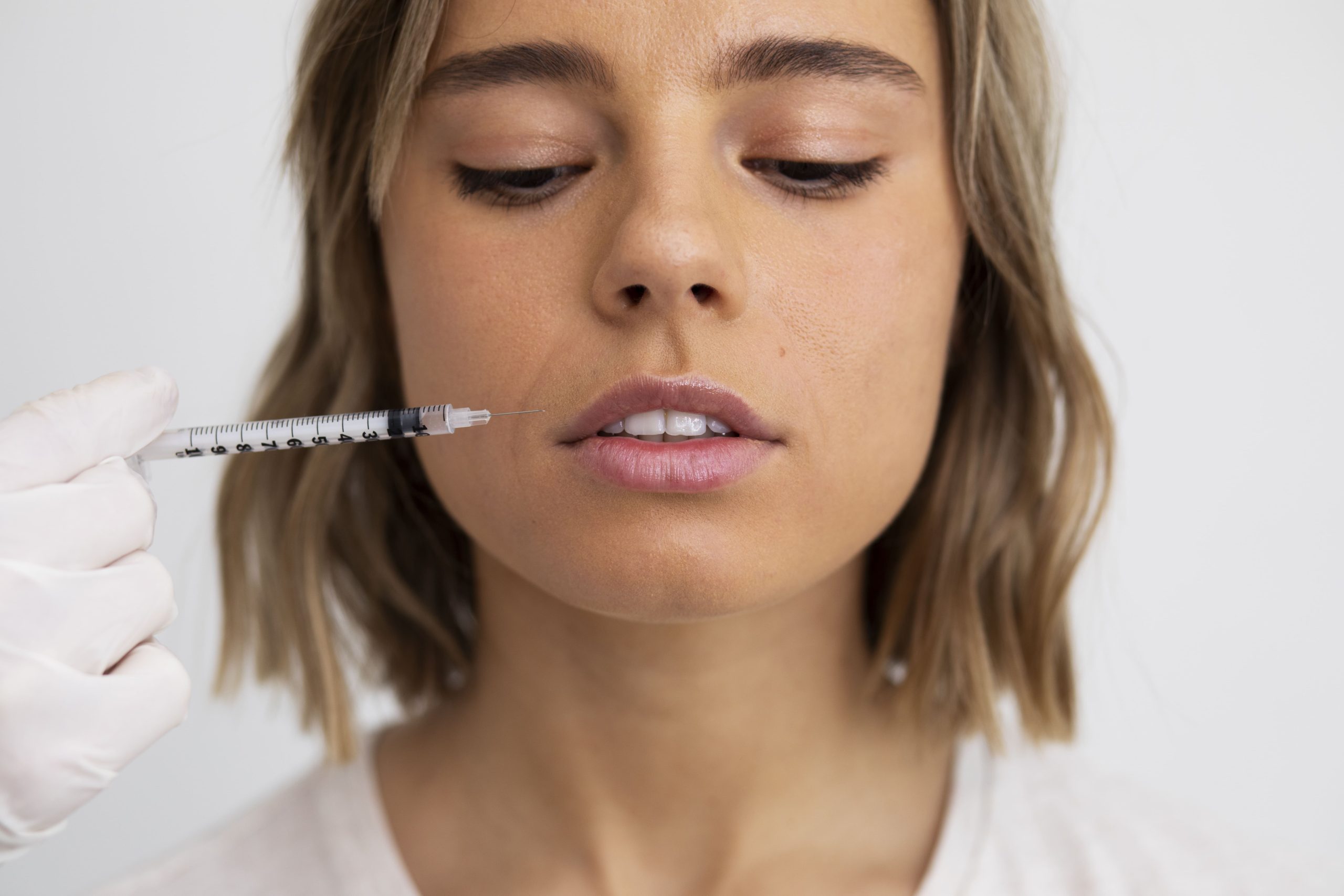
Radiesse or Juvederm? Which One Should You Use for Facial Contouring?
Facial contouring is more than just adding volume – it’s about sculpting definition, correcting asymmetries, and enhancing structure. Achieving those goals requires the right product, precise technique, and a deep understanding of dermal filler properties. Among the most commonly used injectables in aesthetic medicine, Radiesse and Juvederm stand out as…
Read More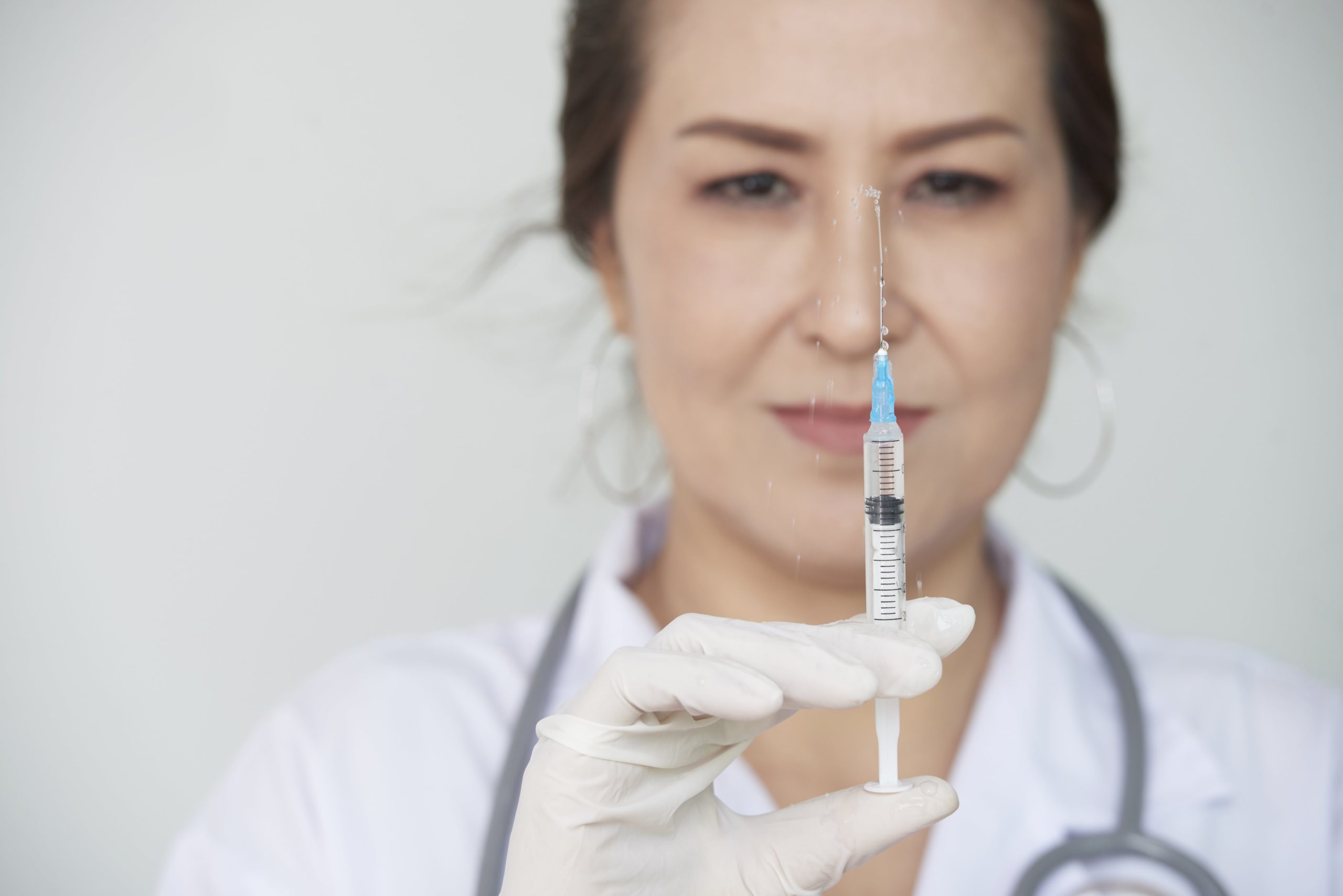
Radiesse vs Sculptra: Which Collagen-Stimulating Filler Is Better?
As the popularity of natural beauty trends, like the no-makeup makeup look, continues to rise, the demand for subtle, long-lasting enhancements has reshaped the filler industry as well. More patients are turning to treatments that enhance their features while correcting concerns like uneven texture or volume loss, all without compromising…
Read More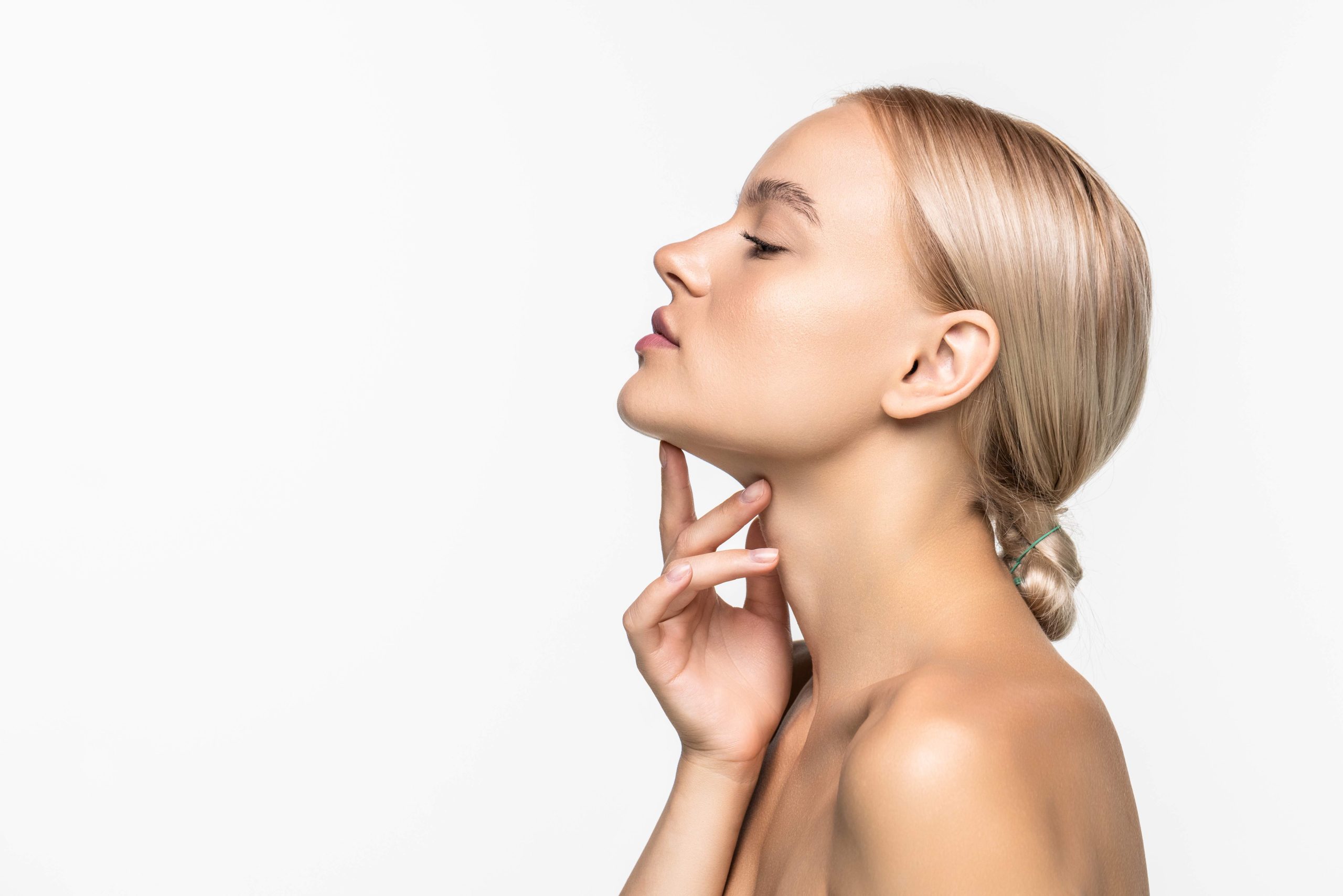
Non-Surgical Jaw Definition: Radiesse Jaw Before and After Transformation
In the age of defined features and sculpted profiles, jawline contouring has become one of the most in-demand aesthetic procedures among both male and female patients. But not everyone is ready for surgery or permanent changes. That’s where non-surgical options like Radiesse jawline enhancement come in, offering a high-impact transformation…
Read More